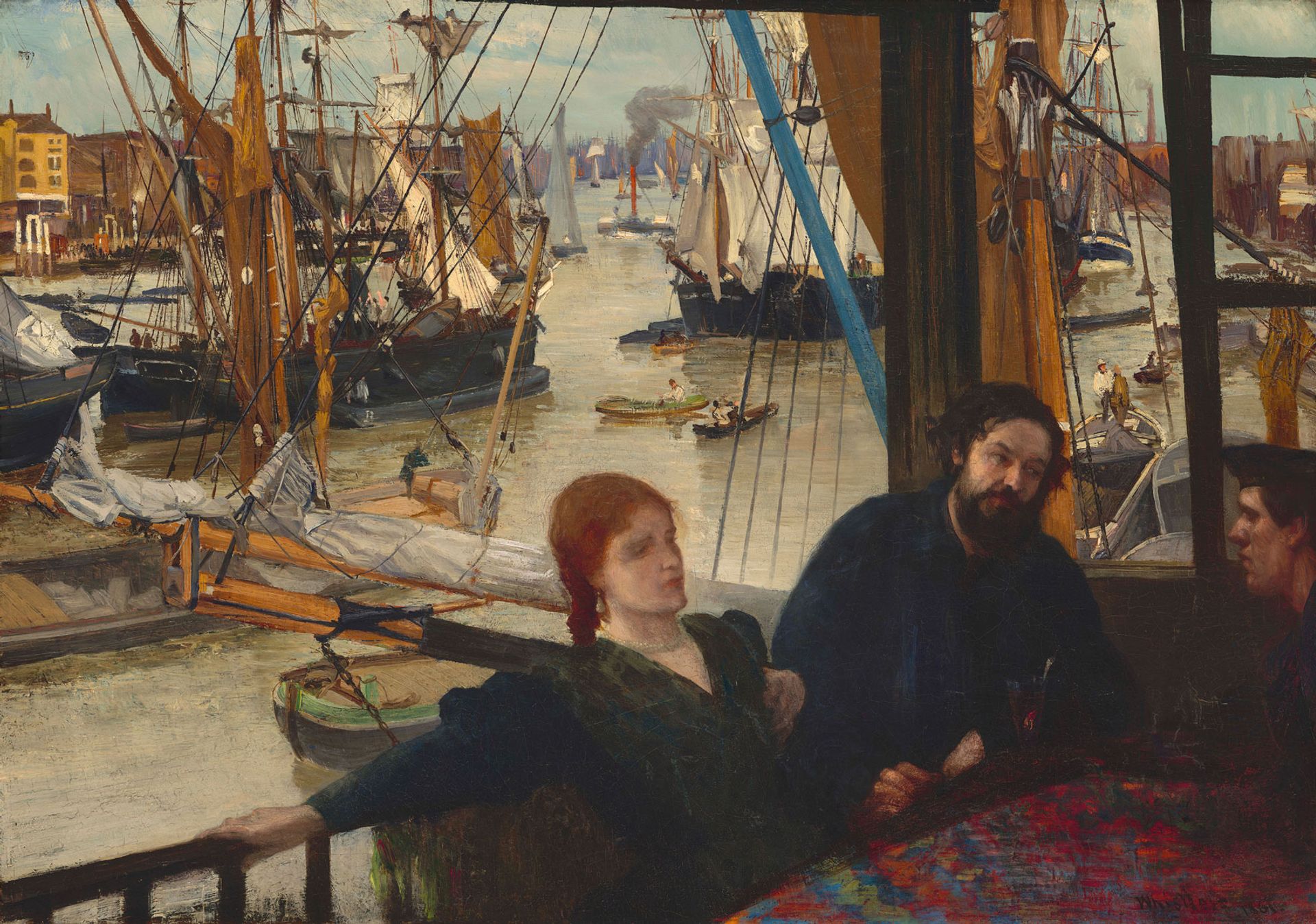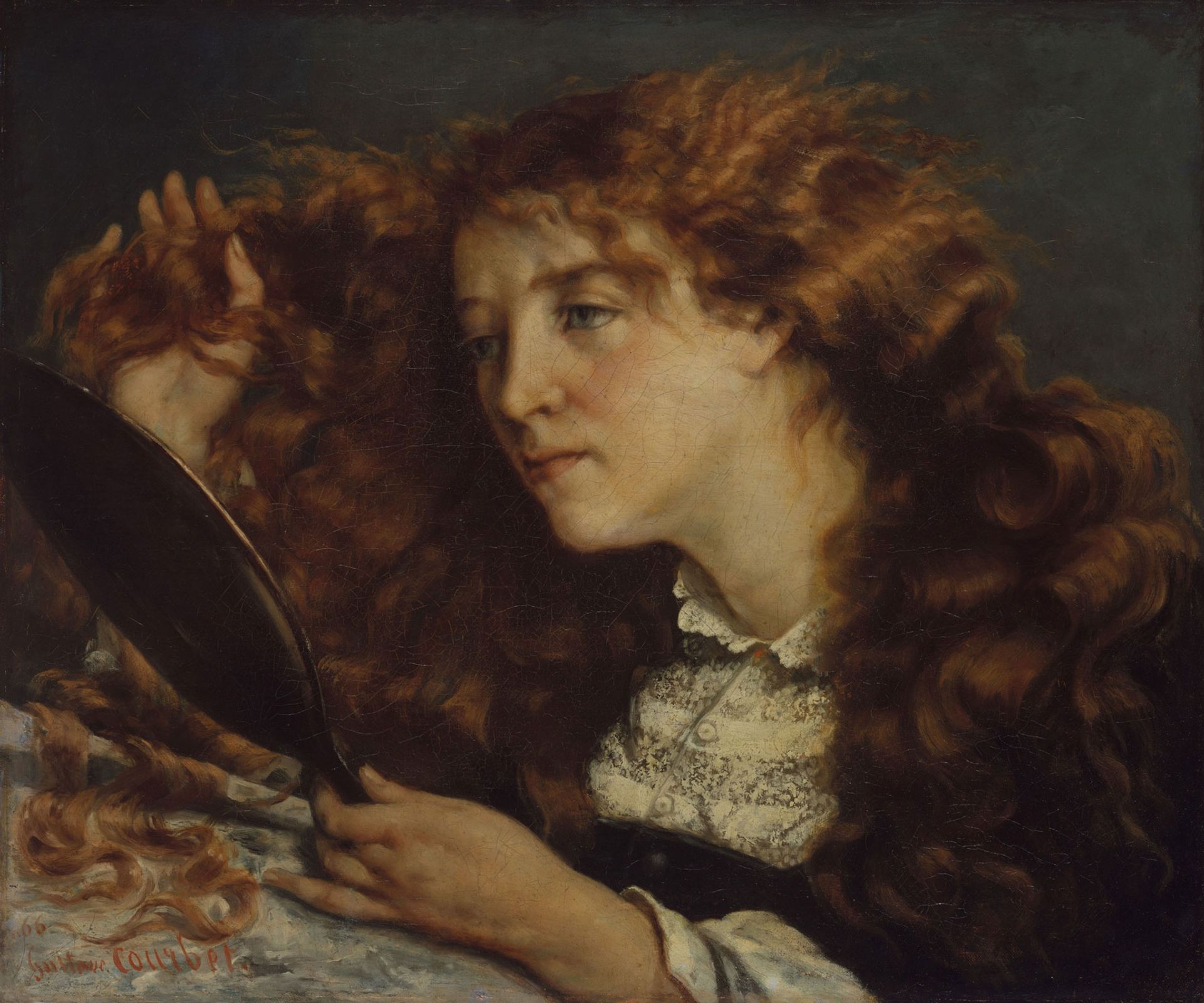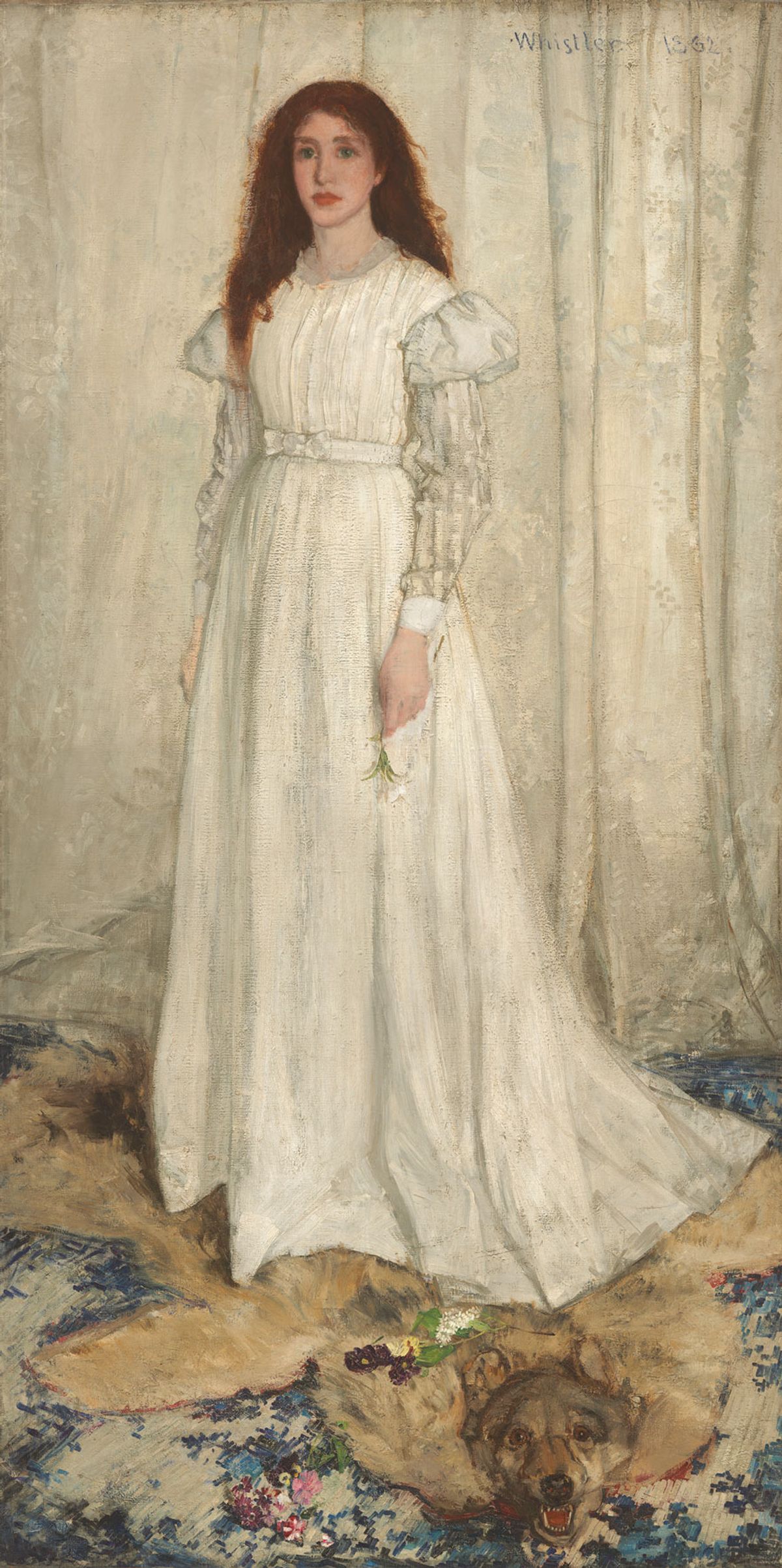James McNeill Whistler and his partner, the model Joanna Hiffernan, were not surprised when his painting of her was rejected from the Royal Academy of Arts’s 1862 Summer Exhibition. “Some stupid painters don’t understand it at all,” wrote Hiffernan a few months before. “Jim says… the old duffers may refuse it altogether.”
The painting—now known as Symphony in White, No 1: The White Girl (1861-63)—finally makes it to the Royal Academy this month, as the central work in a show dedicated to Whistler’s paintings and etchings of Hiffernan. With her flame-red hair and green eyes, Hiffernan was the model for many of Whistler’s early masterpieces, including Wapping (1860-64) and the three Symphonies in White, which will be brought together for the first time since 1994. But, until now, little has been known about her.
“We didn’t even know when she was born or when she died,” says the curator Margaret F. MacDonald. But with the help of a genealogist, they started to piece together her life. “We looked at every single snippet of information and started to assess ‘Was it true?’ and ‘What does it mean?’” They found she was the daughter of a poor Irish family who moved to London. After meeting Whistler when working as a model, she started a relationship with the artist that lasted the best part of a decade.

Whistler's Wapping (1860-64) National Gallery of Art, Washington, John Hay Whitney Collection
Hiffernan’s position in the Whistler household was ambivalent. She was closely involved in his work and had power of attorney over his affairs when he travelled to Chile. Whistler would fight fiercely with anyone who insulted her, but he quickly removed her from the household when his mother arrived from the US. Remarkably, when Whistler had a son as the result of a fling, it was Hiffernan and her sister Agnes who brought the young boy up, even after Whistler had married someone else.
Despite the detective work, Hiffernan remains elusive. “I’d have loved to find out if she did try painting,” MacDonald says. “We don’t have a photo of her [and] we could do with a few more letters.” Nonetheless, the few details that have emerged have allowed some wilder stories to be put to rest, including an account of Hiffernan living in Cornwall and passing off Whistler paintings as Raphaels. A suggestion that she was the model for Gustave Courbet’s L’Origine du Monde (1866) has already been quashed, although he did paint Jo, La Belle Irlandaise (1865-66), which is included in the exhibition.

Gustave Courbet's Jo, La Belle Irlandaise (1865-66) The Metropolitan Museum of Art, H. 0. Havemeyer Collection
The White Girl was also rejected from the Paris Salon, and finally found fame as a star of the 1863 Salon des Refusés. This week, a small but important collection of Whistler’s works will go on show at the Musée d’Orsay in Paris, where they will be reunited with his famed profile portrait of his mother. The closure of New York’s Frick Collection due to redevelopment has allowed these paintings and etchings, including the sumptuous Symphony in Flesh Colour and Pink: Portrait of Mrs Frances Leyland (1871-74), to leave the US for the first time in more than a century.
• James McNeill Whistler: Masterpieces of the Frick Collection, Musée d’Orsay, Paris, 8 February-8 May
• Whistler’s Woman in White: Joanna Hiffernan, Royal Academy of Arts, London, 26 February-22 May; National Gallery of Art, Washington, DC, 3 July-10 October


